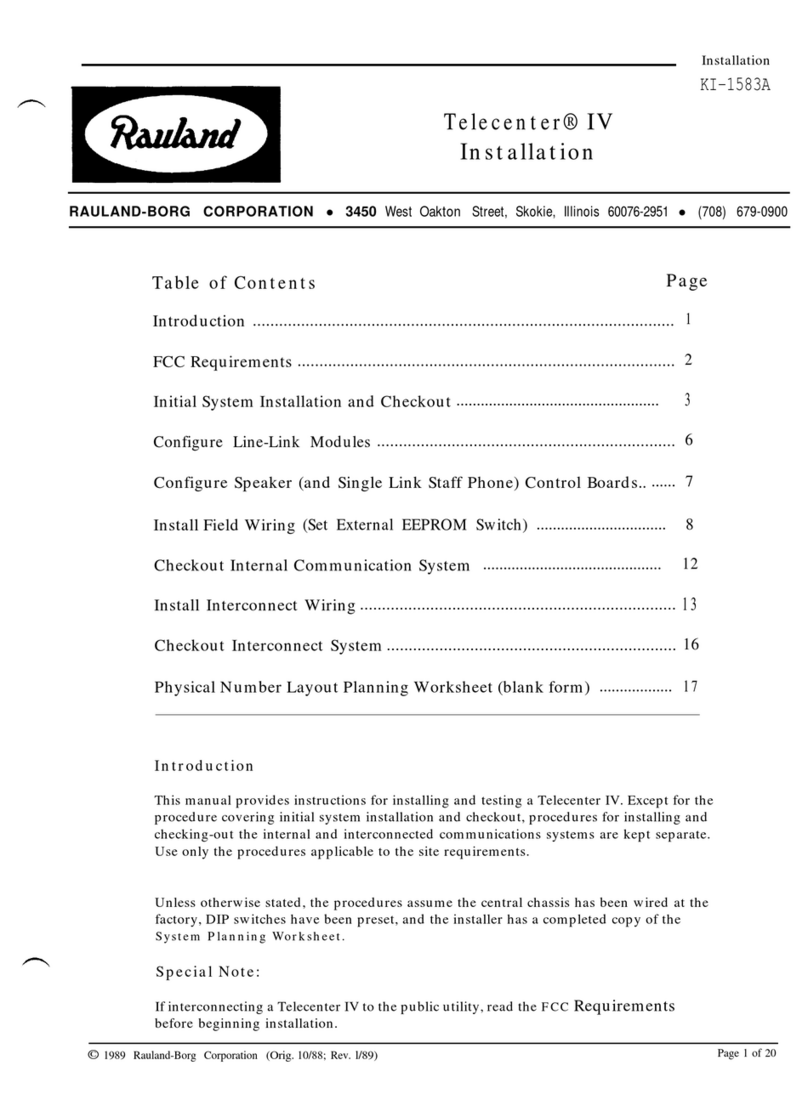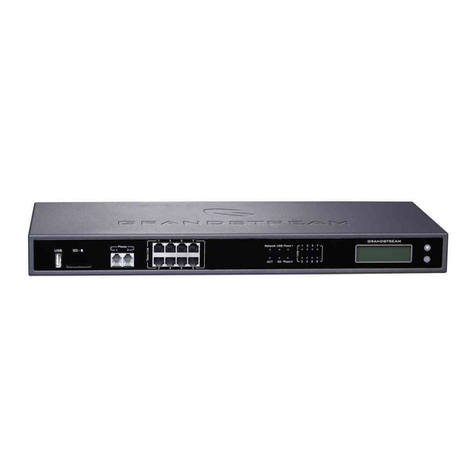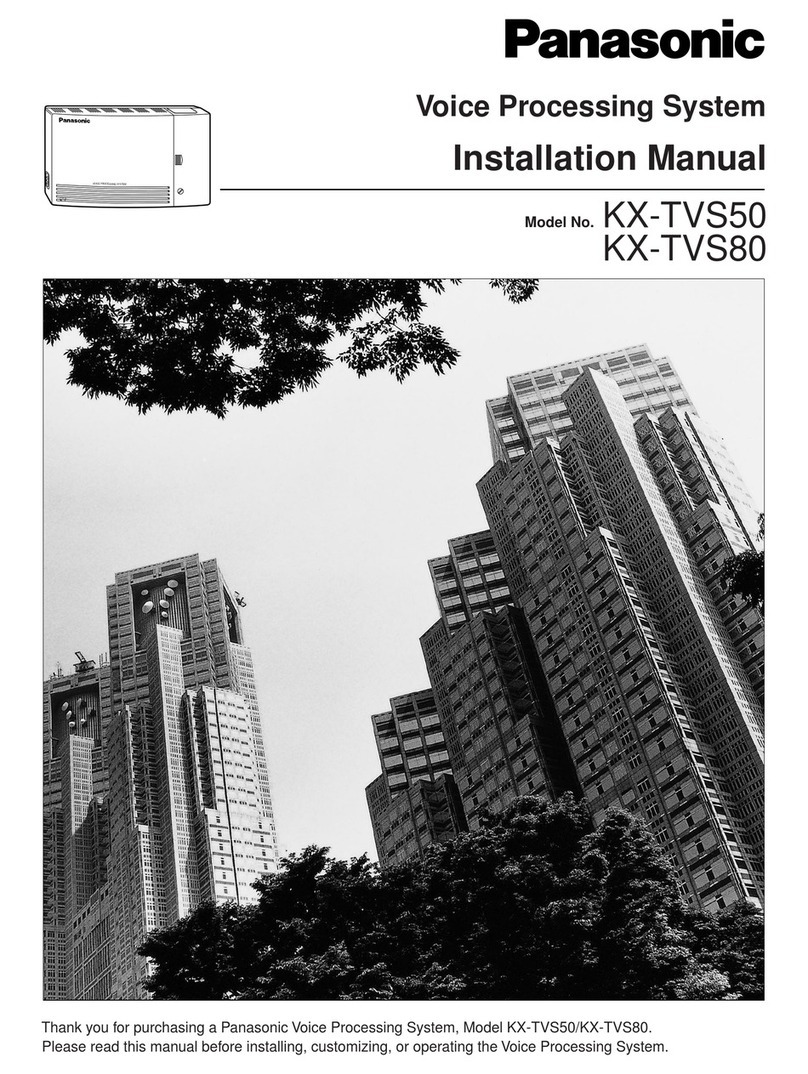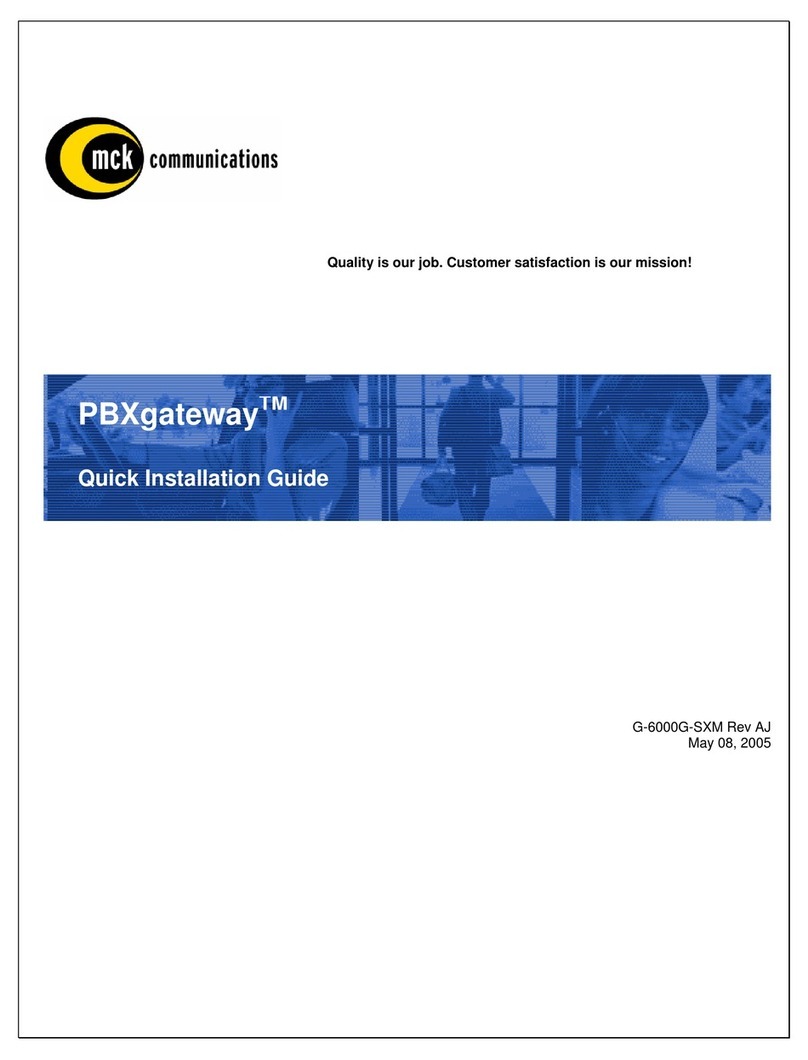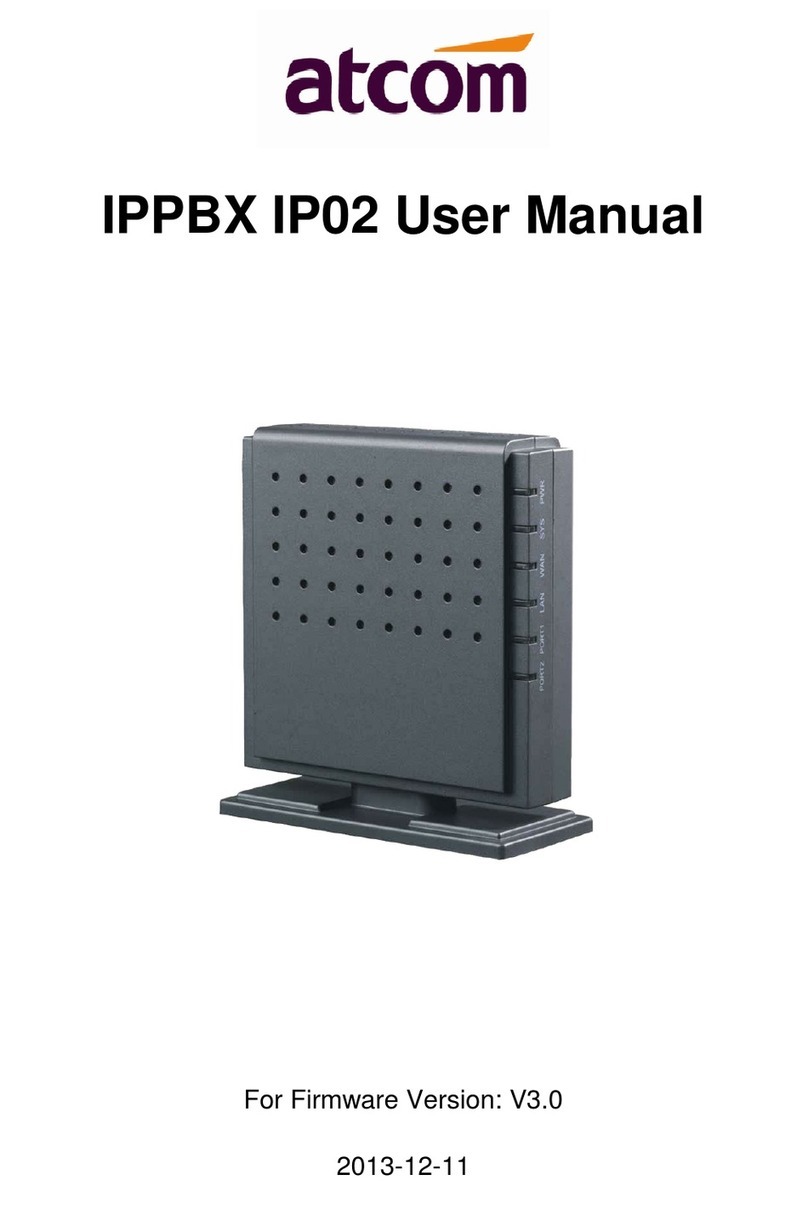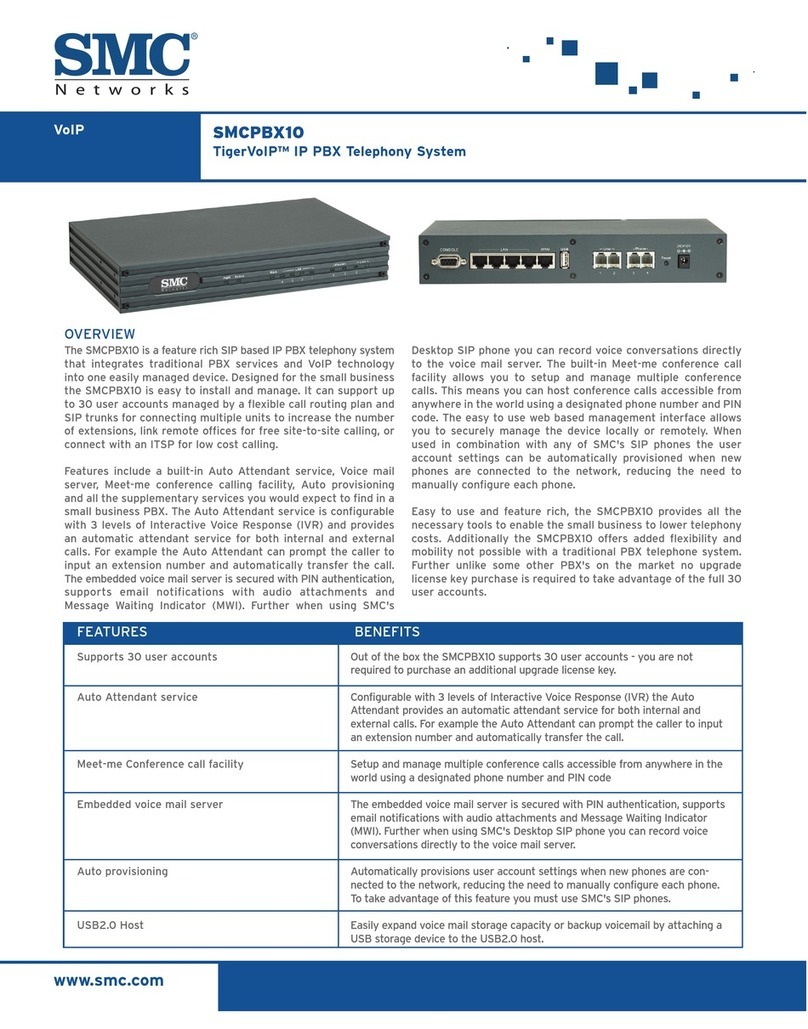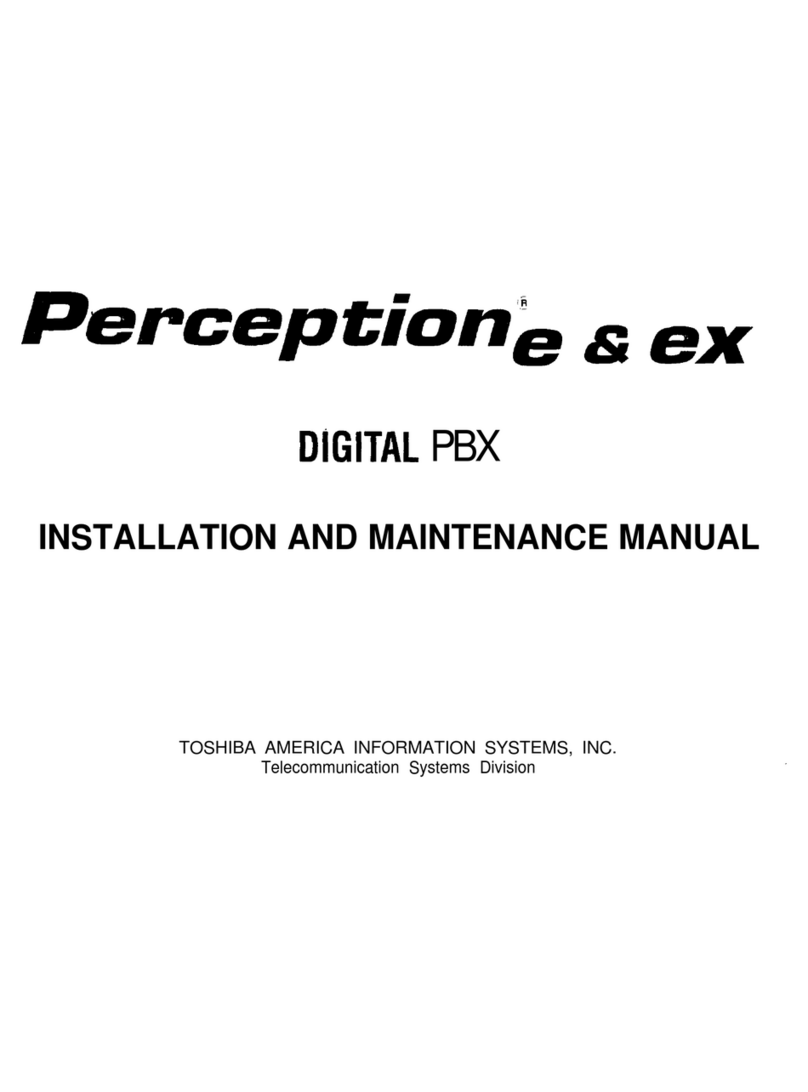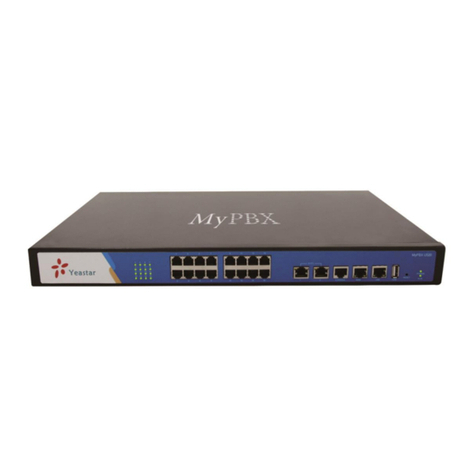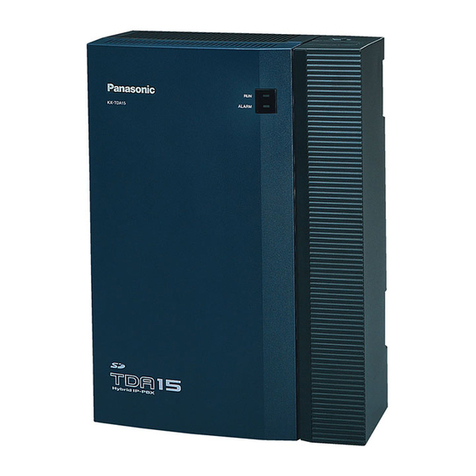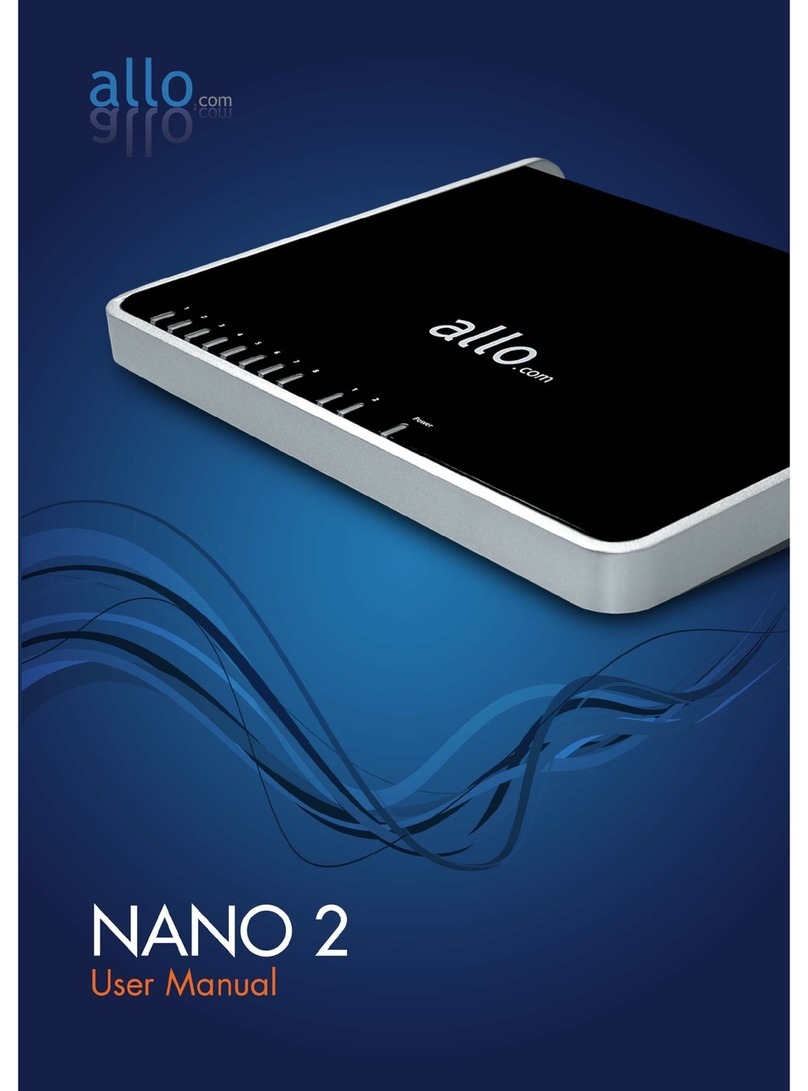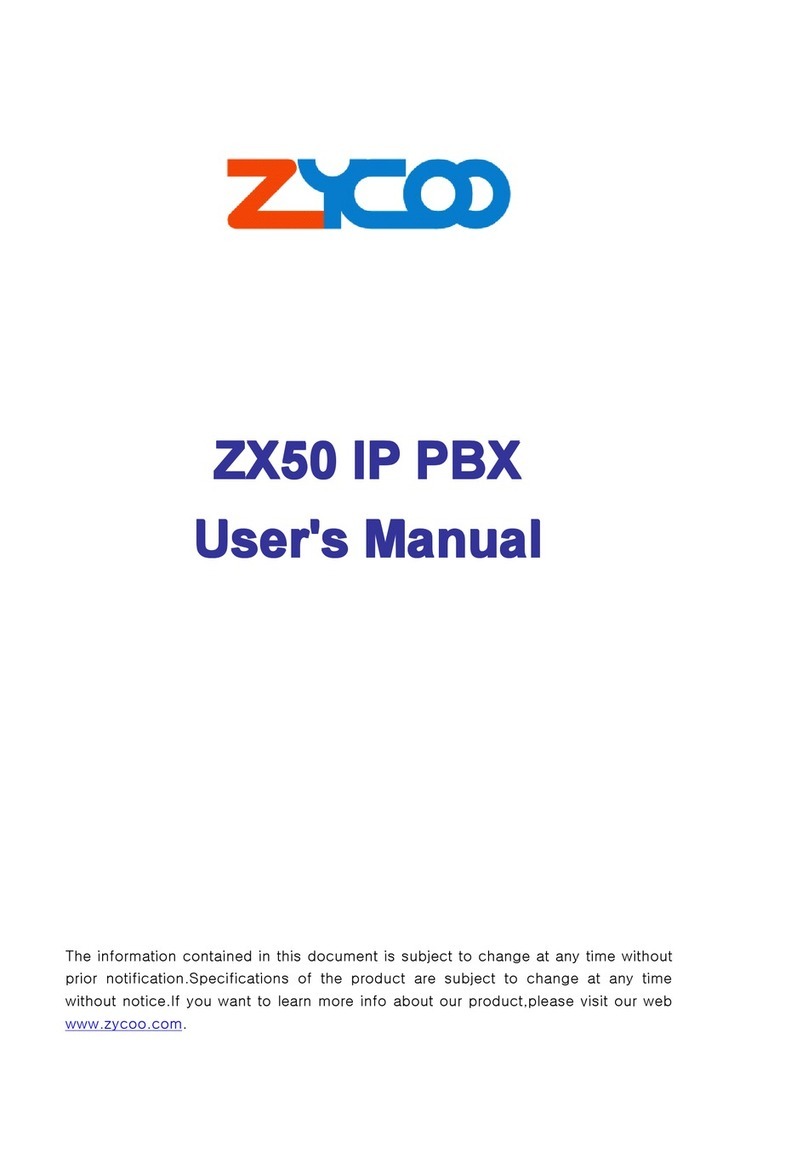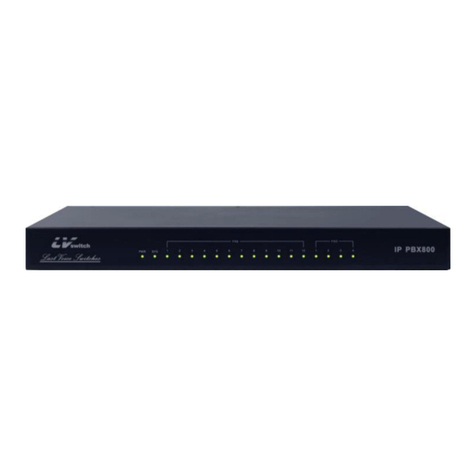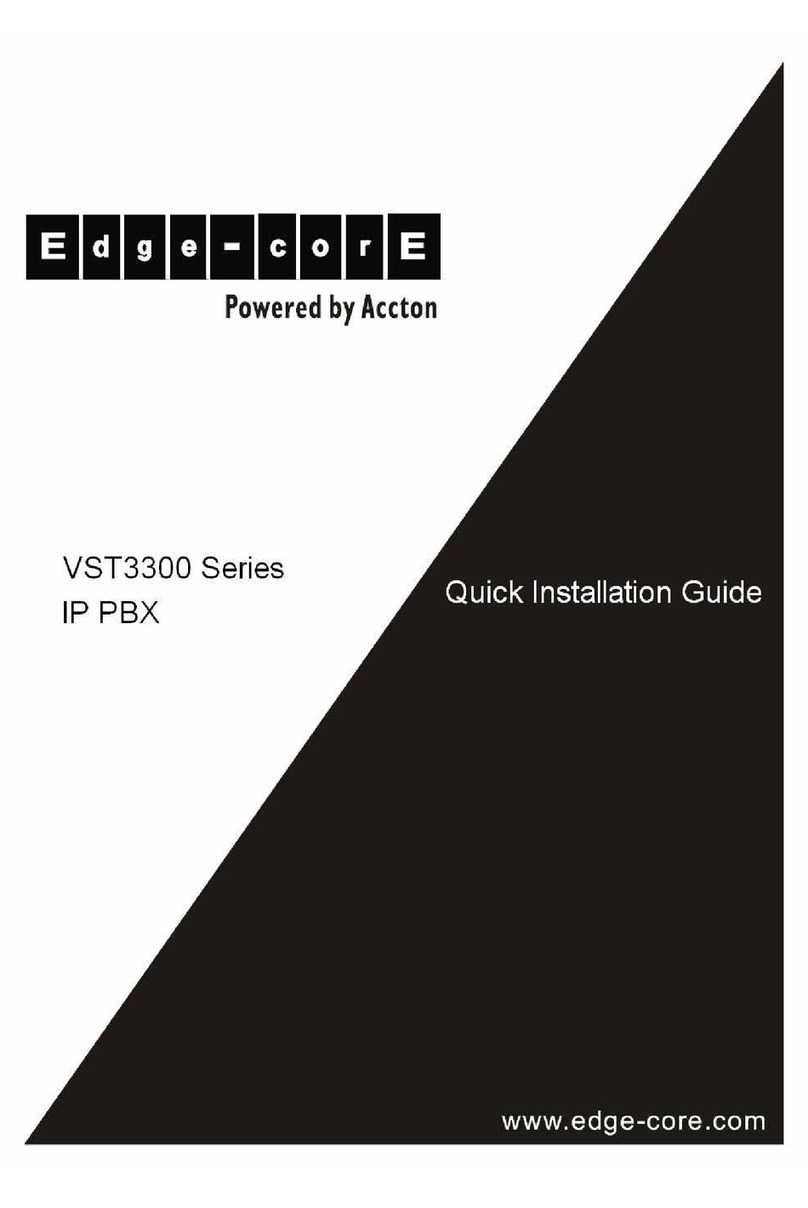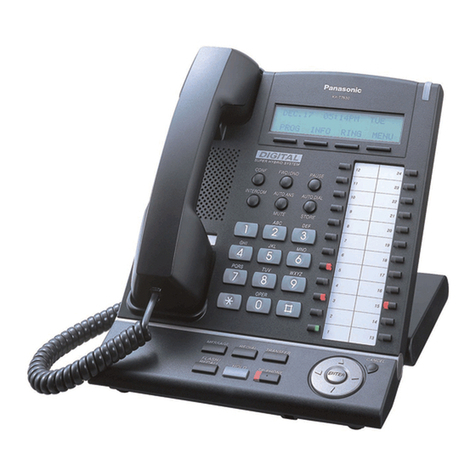
Dynamix IP PBX-100 5
4.1.2 Enable Automated Attendant
4.1.3 How to record the other announcements...............................................................38
4.2 Customize Ring Back Tone (Transferring Tone) _________________________4
4.3 Call Features ______________________________________________________41
4.3.1 Authentication .........................................................................................................41
4.3.2 Automated Attendant..............................................................................................41
4.3.3 Cal Transfer (Client based) ....................................................................................41
4.3.4 Blind Transfer (Client based)..................................................................................41
4.3.5 Cal Forward on Busy (Client based) ......................................................................41
4.3.6 Cal Forward on No Answer (Client based) ............................................................41
4.3.7 Cal Forward Unconditional (Client based) .............................................................41
4.3.8 Cal Hold/Retrieval (Client based) ...........................................................................42
4.3.9 Cal Routing .............................................................................................................42
4.3.10 Cal Waiting (Client based)....................................................................................42
4.3.11 Caller ID................................................................................................................42
4.3.12 Do Not Disturb (Client based) ..............................................................................42
4.3.13 Flexible Extension Logic.......................................................................................42
4.3.14 Music On Hold ......................................................................................................42
4.3.15 Music On Transfer ................................................................................................42
4.3.16 Cal Pickup (Global Cal Pickup) ............................................................................42
4.3.17 Three-way Conference.........................................................................................43
4.3.18 Time and Date ......................................................................................................43
4.3.19 Trunking (Dynamix DW) .......................................................................................43
4.3.20 VoIP Gateways (Dynamix DW) ............................................................................43
4.3.21 Voice Mail to e-mail ..............................................................................................43
Appendix-A Application between We1 tech CPE device and ePBX-1. 44
1) Example Architecture with One ePBX-1 _________________________________44
Test Case .........................................................................................................................44
Extensions register to IP PBX-100 with number 101 to 106. And Extensions can talk to
each other. .......................................................................................................................45
The cal will be forward to MailBox if the extension 101 is busy or no answer. ..............50
The Trunk (Dynamix DW) can also register to IP PBX-100 (registered number 888) ...51
IP PBX-100 can register to lTSPasa SIP-Trunk..............................................................55
Al of the Extensions can cal out to local PSTN via Dynamix DW...................................57
Al of the Extensions can cal out to Mobile Phone via ITSP ............................................58
User in PSTN side should be able to contact with Extensions via Dynamix DW...........61
User in ITSP side should be able to contact with Extensions ........................................62
User in ITSP side can cal out to local PSTN via Dynamix DW ......................................65
Traveler can cal back to EXT, and Traveler can also cal to local PSTN and Mobile phone
number………………………………………………………………………………………………..67
38
